Gaura Whirling Butterflies: The Best Companion Plants For A Beautiful And Bumblebeefriendly Garden
Additional Information
In addition to the companion plants listed above, there are a few other plants that can be beneficial for butterflies and bees. These include:
- Milkweed: Milkweed is the only food source for monarch butterfly caterpillars.
- Thistle: Thistles are a favorite of bees and butterflies.
- Goldenrod: Goldenrod is a late-summer bloomer that provides food for butterflies and bees.
- Yarrow: Yarrow is a hardy perennial that attracts butterflies and bees.
Gaura is a beautiful and versatile flower that can add a touch of elegance to any garden. It is also a favorite of butterflies, making it a great choice for attracting pollinators. If you are looking for companion plants for gaura, there are a few options that will work well. Some good choices include:
- Black-eyed Susans
- Purple coneflower
- Asters
- Native grasses
- Salvia
- Gardenias
- Hostas
- Lantanas
- Roses
For more information about gaura and its companion plants, visit Home Gardening.
FAQ of gaura whirling butterflies companion plants
What are good companion plants for gaura whirling butterflies?
Gaura whirling butterflies are a beautiful addition to any garden, but they can benefit from being planted with other companion plants. Some good choices include:
- Lavender: Lavender is a drought-tolerant plant that blooms at the same time as gaura, making it a perfect companion. It also attracts bees and butterflies, which will help to pollinate your gaura plants.
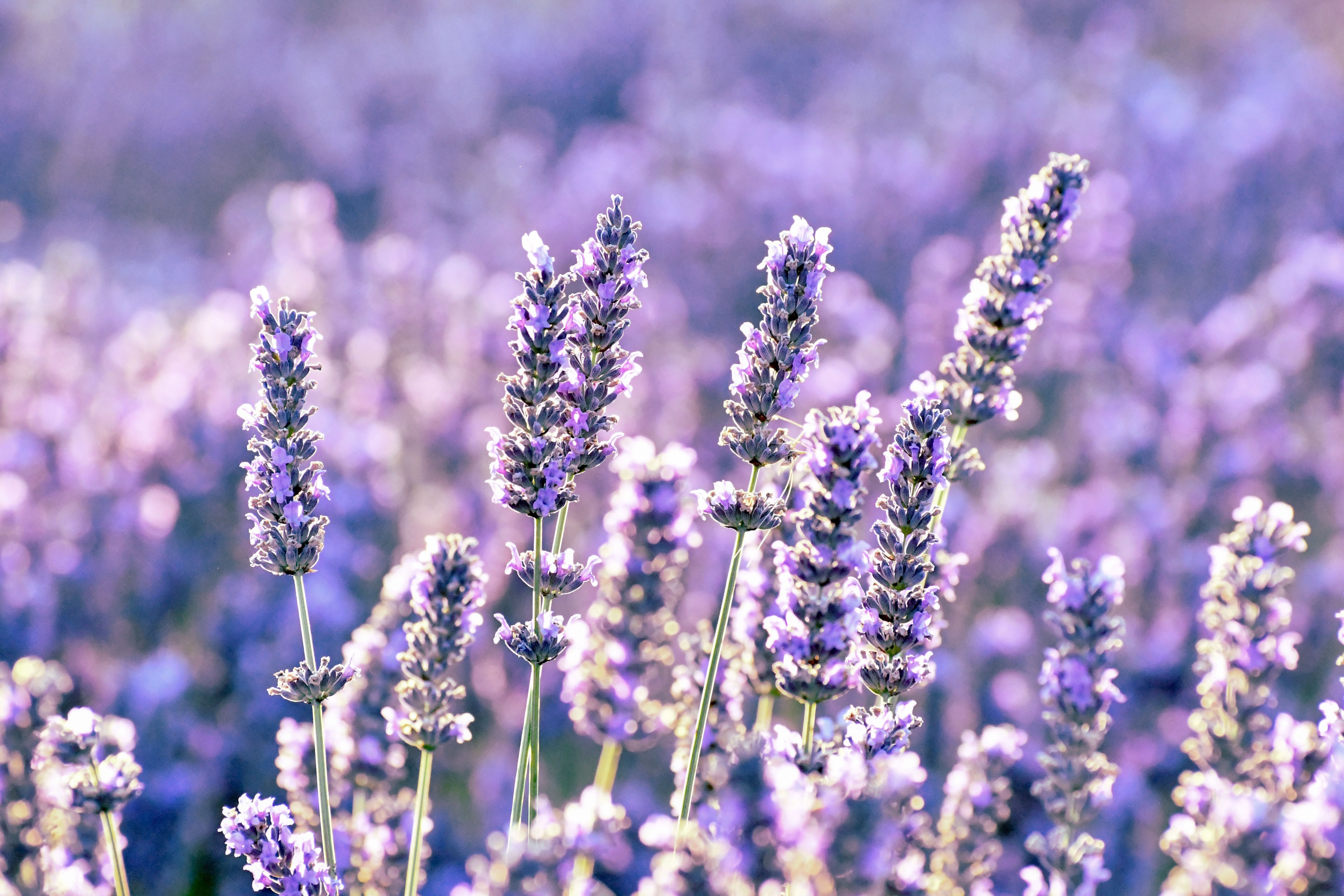
- Russian sage: Russian sage is another drought-tolerant plant that blooms at the same time as gaura. It has tall, airy spikes of flowers that provide a nice contrast to the delicate gaura blooms.
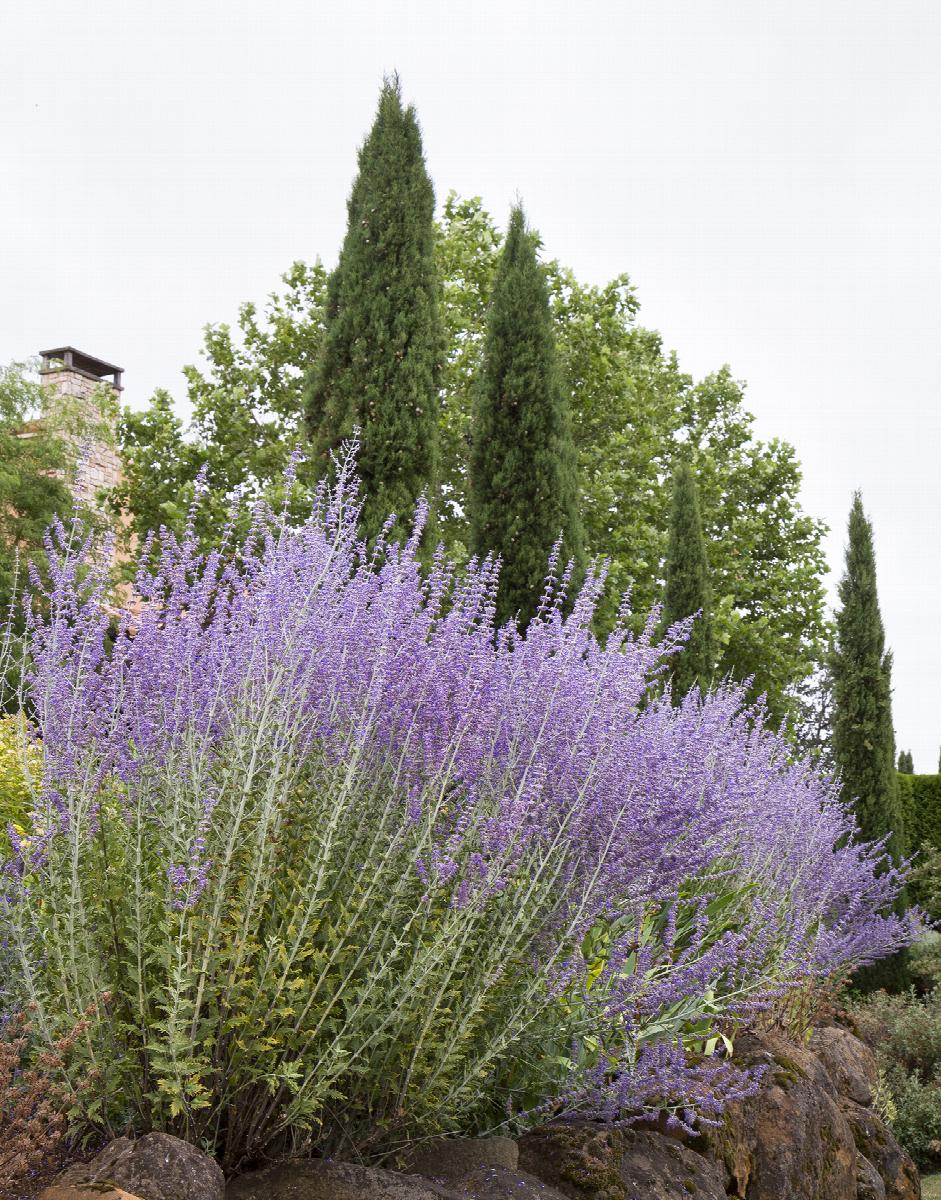
- Cape leadwort: Cape leadwort is a trailing plant that blooms with blue or purple flowers. It is a good choice for filling in spaces around your gaura plants.
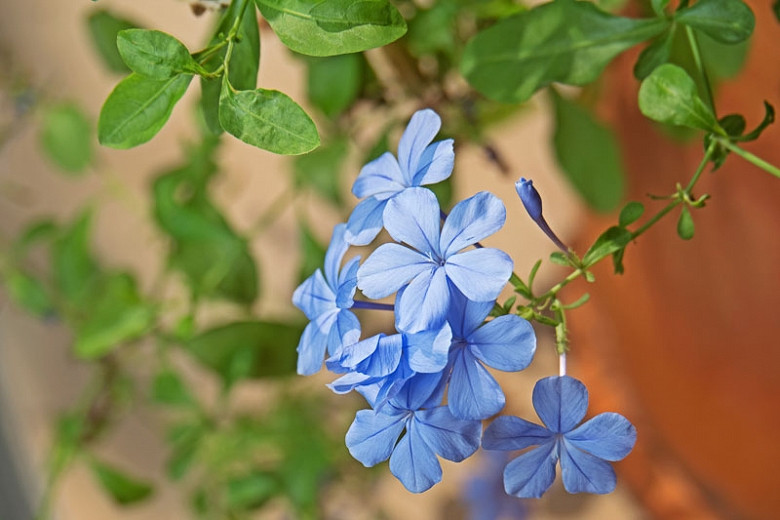
- Stonecrop: Stonecrop is a succulent plant that is drought-tolerant and heat-resistant. It blooms with yellow, orange, or red flowers that will add a pop of color to your garden.

- Cypress spurge: Cypress spurge is a low-growing plant that blooms with white flowers. It is a good choice for edging your garden or filling in spaces between larger plants.
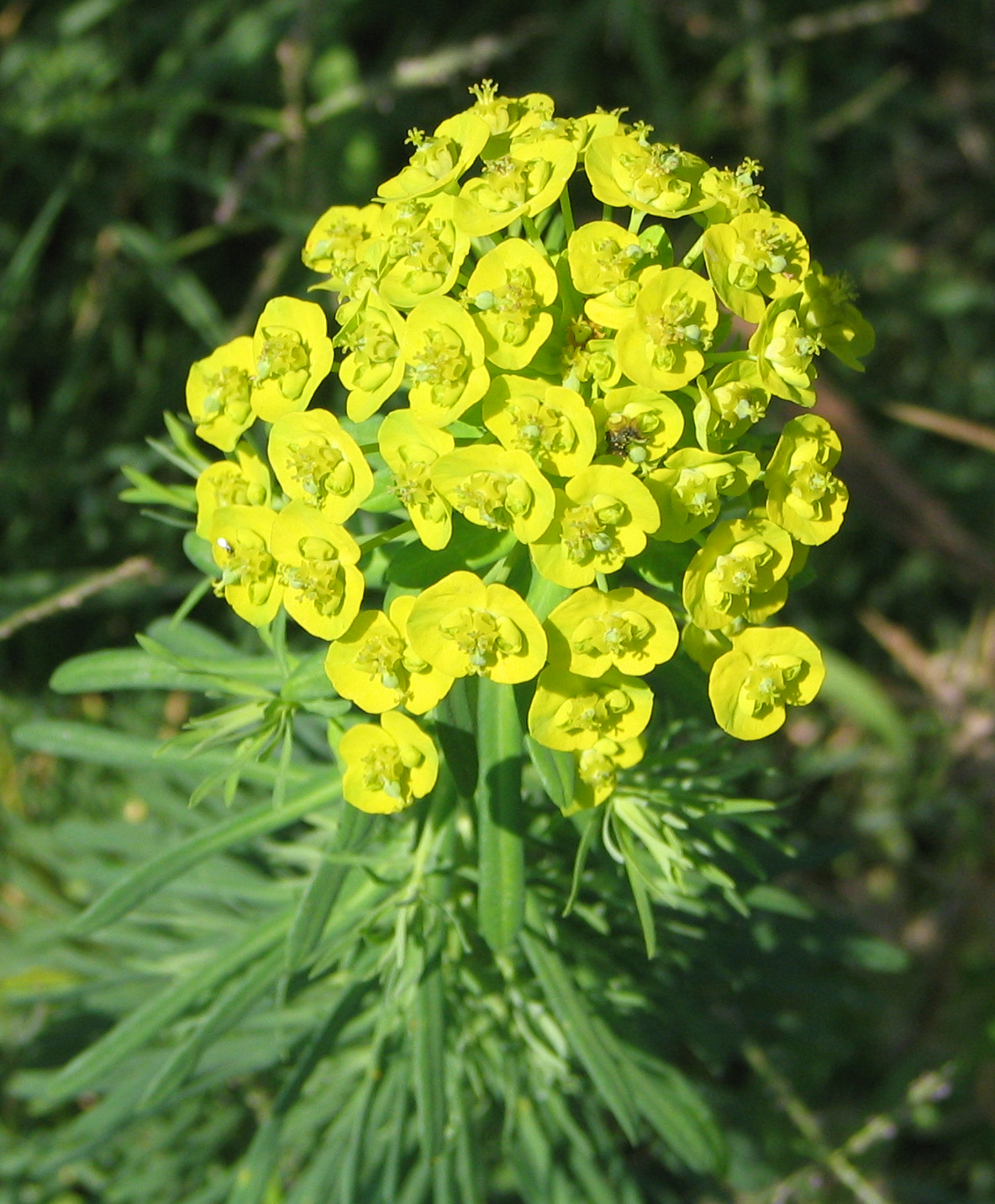
What are the benefits of planting companion plants with gaura whirling butterflies?
There are several benefits to planting companion plants with gaura whirling butterflies. These plants can:
- Attract pollinators: Bees, butterflies, and other pollinators are attracted to the flowers of both gaura and its companion plants. This helps to ensure that your gaura plants are pollinated and produce seeds.
- Provide structure: Some companion plants, such as Russian sage and cape leadwort, have tall, upright stems that can help to support the delicate gaura flowers. This can help to prevent the gaura plants from flopping over.
- Add color and interest: Companion plants can add color and interest to your garden. They can also help to create a more layered and visually appealing landscape.
How do I choose companion plants for gaura whirling butterflies?
When choosing companion plants for gaura whirling butterflies, it is important to consider the following factors:
- Planting time: Some companion plants, such as lavender, should be planted in the fall, while others, such as Russian sage, can be planted in the spring.
- Sun exposure: Gaura whirling butterflies need full sun, so it is important to choose companion plants that also require full sun.
- Water needs: Gaura whirling butterflies are drought-tolerant, so it is important to choose companion plants that have similar water needs.
- Height: Consider the height of the companion plants when choosing them. You want to choose plants that will not overshadow the gaura plants.
- Color: Companion plants can add color and interest to your garden. Choose plants that will complement the colors of the gaura flowers.
Image of gaura whirling butterflies companion plants
- Black-eyed Susans (Rudbeckia hirta) are a classic companion plant for gaura. They bloom at the same time and have similar heights, so they create a harmonious look. Black-eyed Susans are also drought-tolerant and easy to care for, making them a good choice for beginner gardeners.

- Purple coneflower (Echinacea purpurea) is another popular companion plant for gaura. It has tall, showy blooms that attract butterflies and other pollinators. Purple coneflower is also a medicinal herb, with a variety of health benefits.
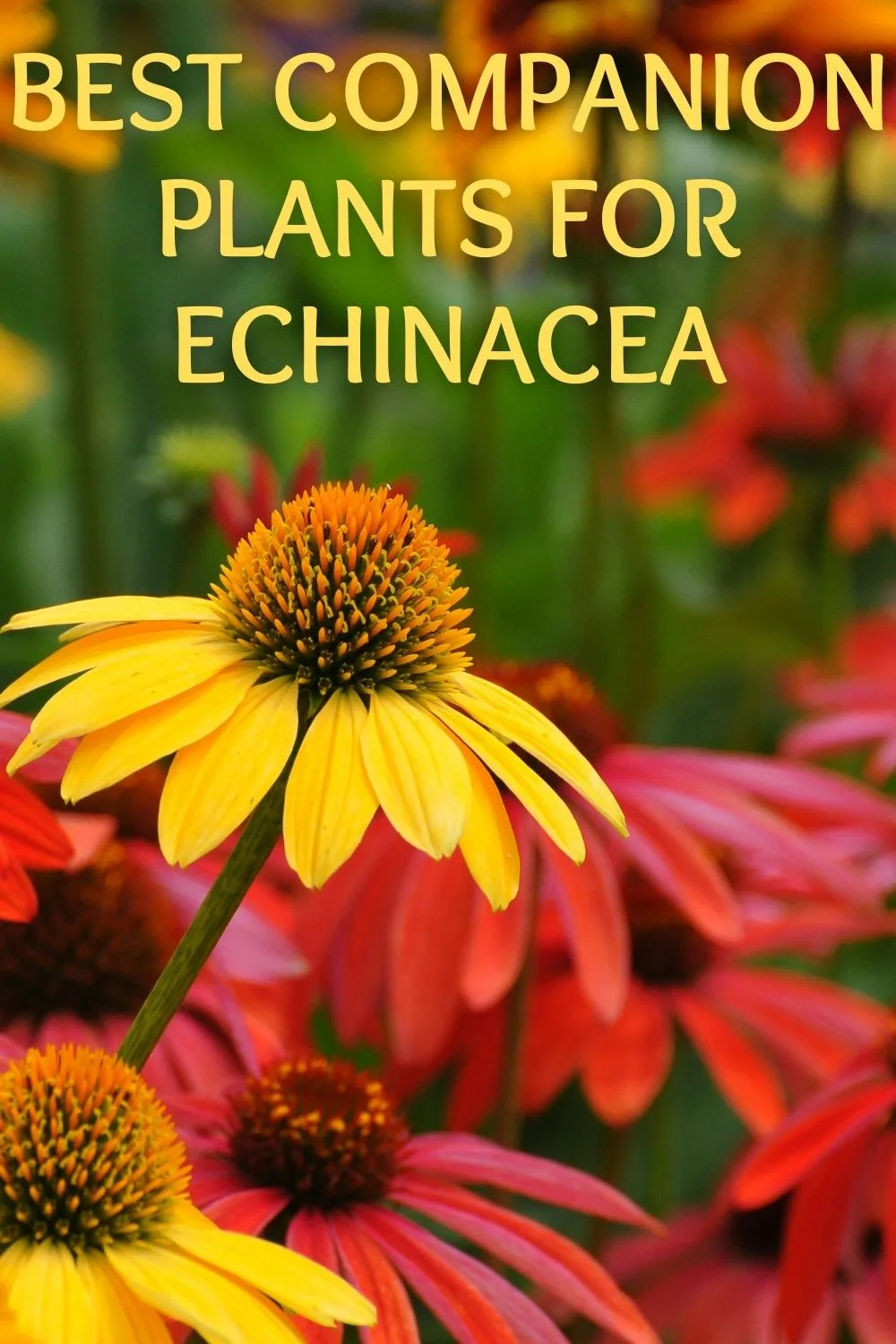
- Asters (Aster spp.) are a diverse group of plants that come in a wide range of colors and sizes. They bloom in the fall, which extends the flowering season in your garden. Asters are also relatively easy to care for, making them a good choice for most gardens.
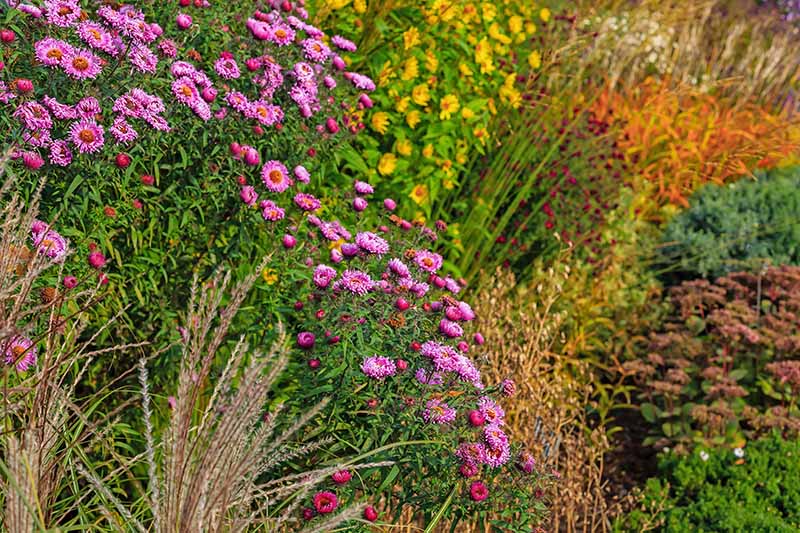
- Native grasses (Poaceae spp.) are a great way to add structure and interest to your garden. They come in a variety of heights and textures, so you can find the perfect ones to complement your gaura. Native grasses are also drought-tolerant and low-maintenance, making them a good choice for many gardens.

- Pink roses (Rosa spp.) are a classic choice for companion planting with gaura. They bloom at the same time and have similar colors, so they create a beautiful and romantic look. Pink roses are also relatively easy to care for, making them a good choice for most gardens.
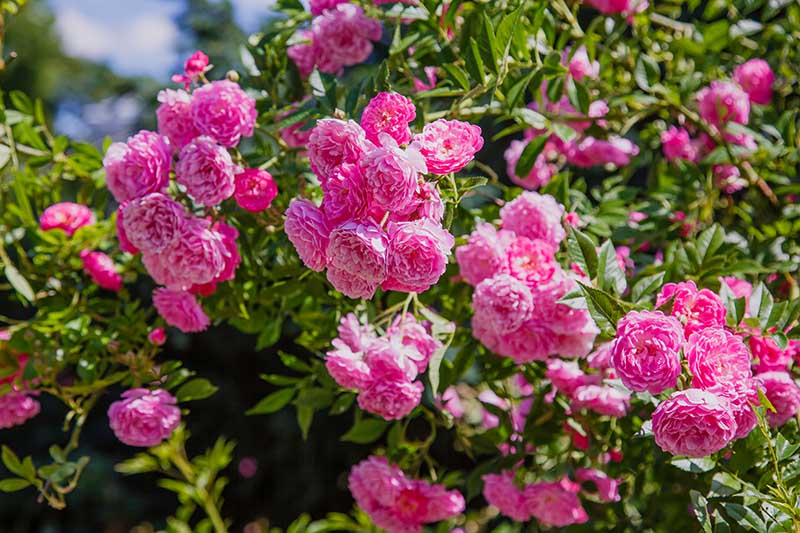
- Russian sage (Perovskia atriplicifolia) is a tall, airy plant with blue flowers. It blooms in the summer and fall, and it attracts butterflies and other pollinators. Russian sage is also drought-tolerant and easy to care for, making it a good choice for many gardens.
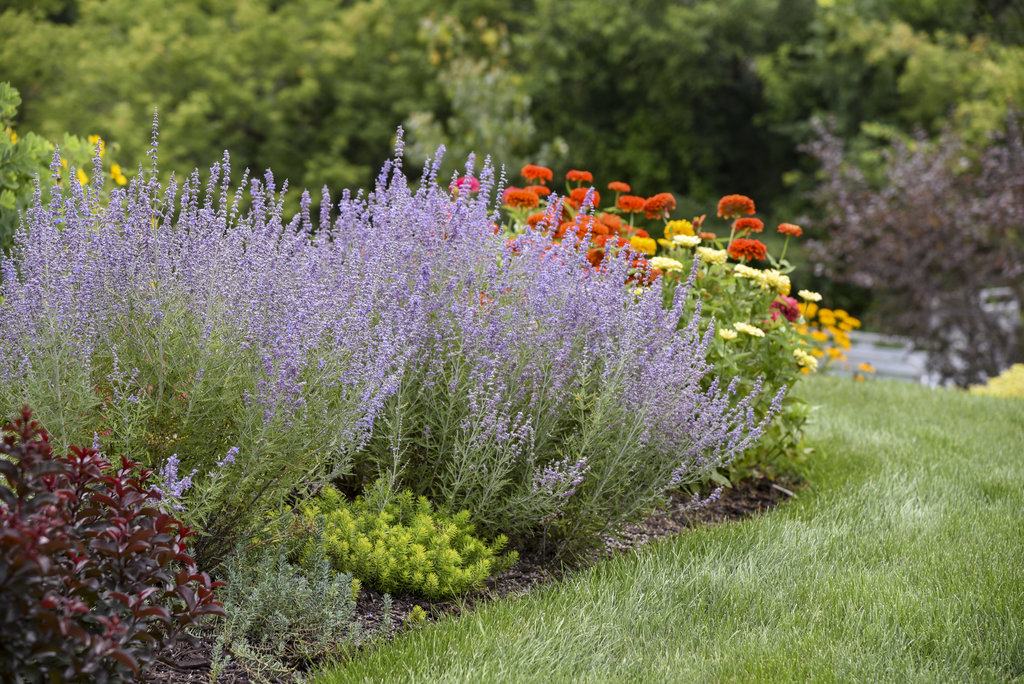
- Verbena bonariensis is a tall, slender plant with white or pink flowers. It blooms in the summer and fall, and it attracts butterflies and other pollinators. Verbena bonariensis is also drought-tolerant and easy to care for, making it a good choice for many gardens.

- Salvia nemorosa is a low-growing plant with blue flowers. It blooms in the spring and summer, and it attracts butterflies and other pollinators. Salvia nemorosa is also drought-tolerant and easy to care for, making it a good choice for many gardens.
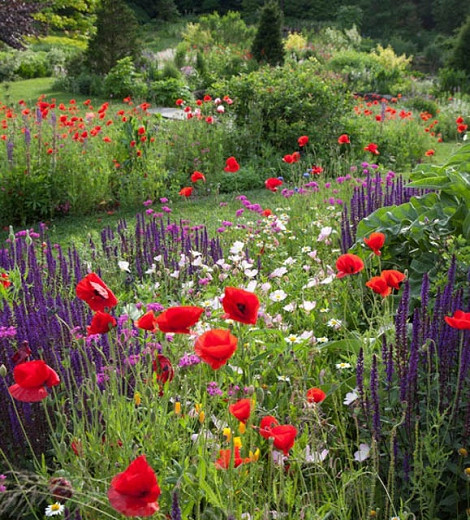
- Lavender (Lavandula spp.) is a fragrant plant with purple flowers. It blooms in the summer, and it attracts butterflies and other pollinators. Lavender is also drought-tolerant and easy to care for, making it a good choice for many gardens.
Post a Comment for "Gaura Whirling Butterflies: The Best Companion Plants For A Beautiful And Bumblebeefriendly Garden"